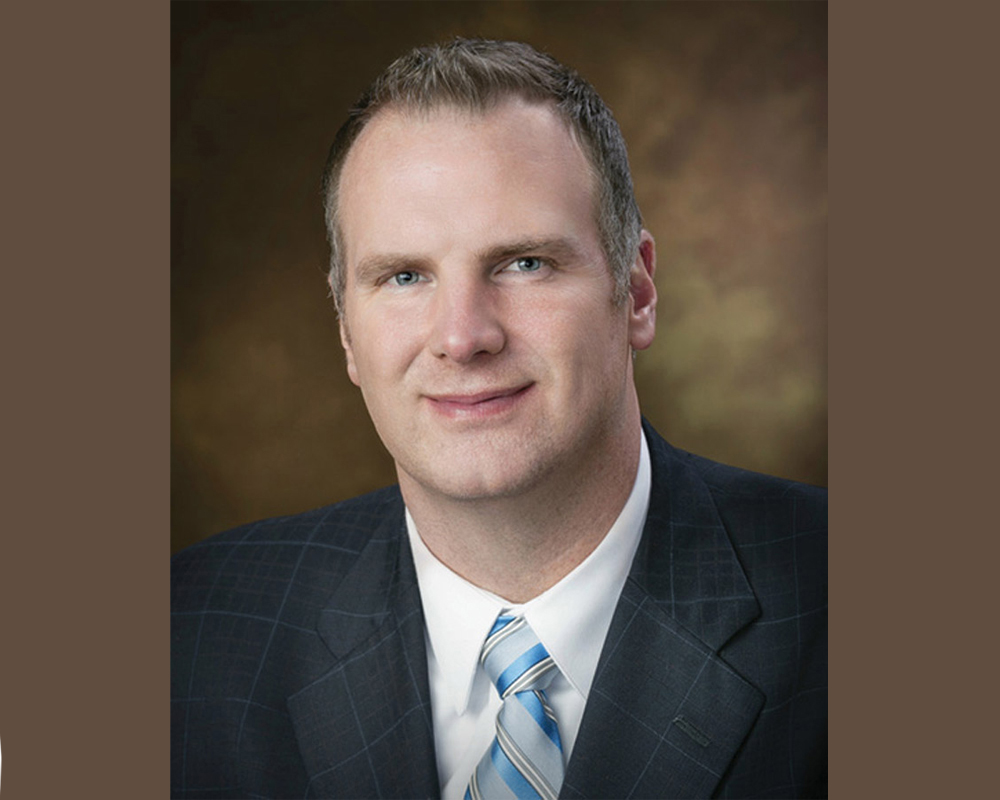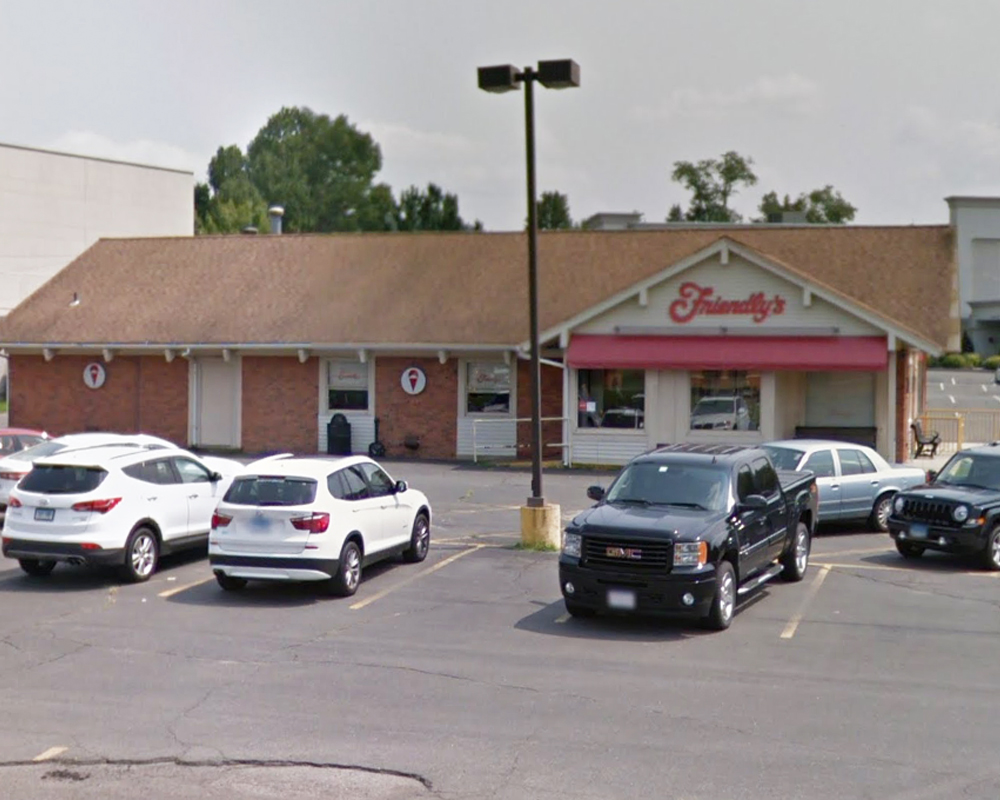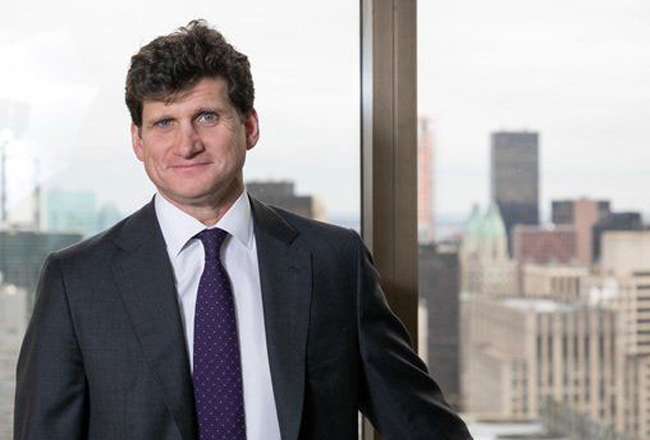Joe DeLong is onboard with Gov. Ned Lamont”™s philosophy that, for Connecticut to emerge from its long-lived fiscal woes, some sacrifices will have to be made.

The executive director of the Connecticut Council of Municipalities (CCM), the state”™s largest, nonpartisan organization of municipal leaders, said who”™s going to make those sacrifices remains very much to be seen.
He described the state”™s pension problem as “tricky, because we”™re not dealing with a current problem ”” it”™s a past problem that is now in our legislators”™ laps.”
Connecticut has $21.2 billion in unfunded pension liabilities for its State Employee Retirement System (SERS), with translates into the system being only 38 percent funded. Its Teachers Retirement System (TRS) has $13.1 billion in unfunded liabilities, making it 57 percent funded.
The situation is even worse, according to a study by the American Legislative Exchange Council. Considering that these numbers are based on the state”™s over-optimistic estimated rate of return for pension investments, ALEC.org put Connecticut”™s unfunded pension liabilities at over $100 billion.
“Retirees are collecting very lucrative pensions,” he said.
According to the state”™s OpenPension site, launched in December, 39,747 retirees who reside in Connecticut received about $1.53 billion in 2017 ”” topped by Dr. Jack Blechner, a former UConn professor who received $322,674.
DeLong added, “current and future hires are going to have to pay for the sins of our past,” as the state moved from a strictly defined benefit plan to a hybrid defined benefit/defined contribution plan for those hired on or after July 31, 2017, under an agreement with the State Employees Bargaining Agent Coalition (SEBAC). The state estimates that will save $4.8 billion over five years.
DeLong said the CCM had a generally positive reaction to Lamont”™s cost-of-living arrangement (COLA) proposal, which would reduce the cost-of-living monies paid to future retired state employees if returns on pension investments underperform. Assuming an average return on pension investments of 6.9 percent, the proposal would cap COLA adjustments at 1 percent if returns fall short of expectations. Lamont said the plan could potentially save up to $131 million in fiscal year 2019-20 and $143 million in FY 2020-21.
Several union leaders have blasted that proposal. A SEBAC statement read, “To be clear: we will not be part of asking for still more sacrifices from state employees, who have already given so much for the people they serve. We will, however, continue working with the Lamont administration and the General Assembly on ”˜win-win”™ solutions for achieving efficiency and that will benefit everyone.”
Although Lamont”™s proposal to shift 25 percent of the cost of TRS pensions to Connecticut municipalities, which currently pay nothing to defray those spiraling costs, has perhaps predictably been met with resistance from city and town leaders, DeLong said he did not necessarily disagree with the proposal itself, but with its underlying philosophy.
“Our position has never been that ”˜towns and cities didn”™t create these problems, so don”™t put them on us,”™ ” he said. “But this and the Malloy administration have both failed to talk about it from a position of reform, rather than just cost shifting.”
DeLong pointed to a CCM report issued in the midst of last year”™s election campaign to illustrate the organization”™s stance. The report stated that the state”™s municipalities are paying nearly 53 percent of the $11 billion in costs for local public schools, and they are paying nearly two-thirds of the cost of special education.
“State underfunding of local public education over time has shifted a huge unfair tax burden onto the backs of residential and business property taxpayers,” DeLong said. “To continue to transfer state budget problems to towns and cities and their property taxpayers is unfair and it shortchanges Connecticut”™s future.”
The CCM is also against what DeLong said was the “forced regionalization” of the state”™s schools, as has been proposed by SB 738, which would consolidate school districts in towns with populations of fewer than 40,000. SB 457 would require any school district with a student population of fewer than 2,000 students to join a new or existing regional school district. SB 874, which would require districts with less than 10,000 residents, fewer than 2,000 students, or with only one or two elementary schools, that have their own superintendent to “receive direction concerning the supervision of [its] schools from another district”™s superintendent or name a ”˜chief executive officer”™ to oversee the schools.” Districts refusing to comply with the latter would risk losing their Education Cost Sharing funds.
Allowing that some redundancies exist ”” “Four full-time superintendents overseeing three school systems in a given town doesn”™t make a lot of sense” ”” DeLong said that reasonable discussions should be able to address those situations.
“Instead, the Legislature has put out these bills that are not well thought out,” he said. “They”™ve hijacked the conversation and turned it into one where everybody”™s saying, ”˜We love our schools ”” leave our schools alone.”™ ”
As for bringing tolls back to the state”™s highways ”” DeLong said that, while CCM”™s members “have varying views,” the organization generally feels that the revenue generated ”” $1 billion per year, according to state estimates ”” will be worth it “if the money goes where it”™s supposed to.”
“But it”™s not like we”™re going to have a surplus of revenue right away,” he said. “It”™s going to take several years of using that revenue to do necessary maintenance on our roads.”
DeLong said he gave Lamont “a ton of credit” for the toll proposal, noting that, if passed, it would probably take at least four years before gantries are erected and fully functional.



















